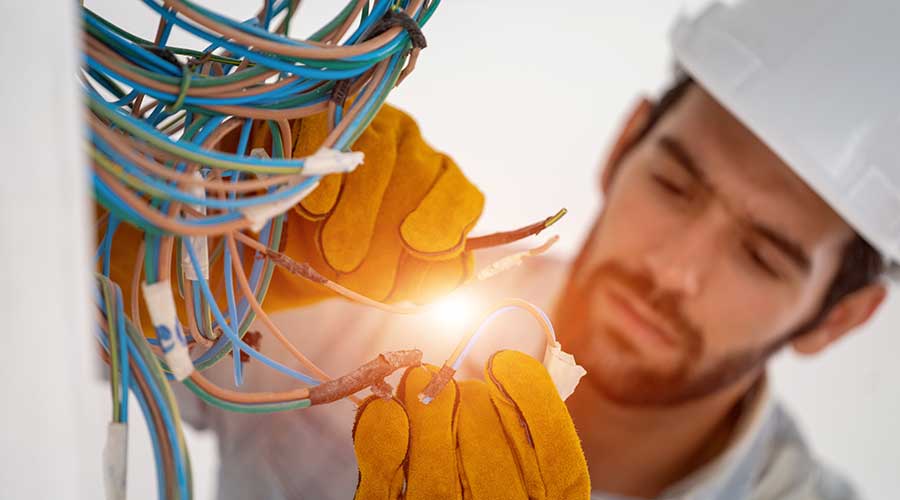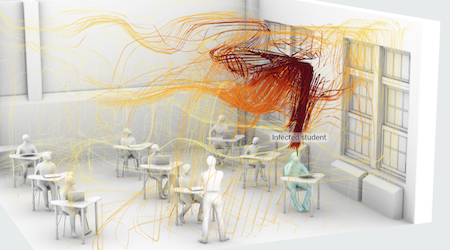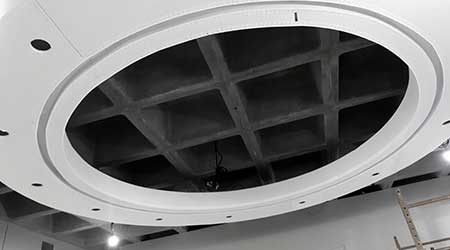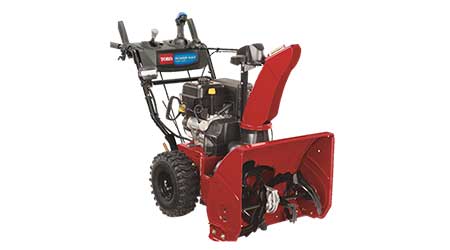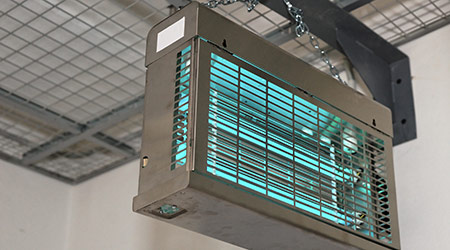
Ultraviolet Light Kills Coronavirus, But Caution Required
March 22, 2021
When used appropriately, ultraviolet radiation is very effective at killing or deactivating pathogens. It can also cause harm to humans, so care must be taken when evaluating new technologies racing to market in a bid to help mitigate the new coronavirus.
Facility managers are familiar with UV-C technology, used commonly to keep coils clean of biofilm or used in whole-room sanitation in healthcare. The key component to both of these common applications is that they are in unoccupied space. The UV-C wavelengths emitted by these more common fixtures will cause damage to human eyes and skin.
That said, as it is effective at its intended purpose, researchers at the University of California Santa Barbara are working on developing a UV-C LED. Current UV-C lamp technology is typically mercury vapor. Researchers began their study aiming for water disinfection applications, where LED's efficiency, form factor, and durability would be extra beneficial.
One safer option for using UV-C technology in occupied space is upper-room germicidal ultraviolet (GUV). In this application, UV-C fixtures are used to continuously irradiate the air above 7 feet from the floor. Through either mechanical or natural air mixing in the room, this application boosts the amount of air that is being sanitized in the occupied room. An Illuminating Engineering Society report on GUV says that in two studies, upper-room GUV was show to be "80 percent effective against tuberculosis (TB) spread." Care must be taken to turn off the fixtures before any work is done near the ceiling, or harm can occur.
More controversial is the use of ultraviolet radiation in occupied space in a downward fixture orientation. In some ways, the continuous disinfection of surfaces and air would be a desirable outcome, but there is a lot of unknown risk with these solutions. Researchers at Columbia University's Center for Radiological Research posit that far-UVC technology could be a way to kill pathogens in occupied space. It has a shorter wavelength than conventionally used UVC, and researchers say these wavelengths can not penetrate living human cells. It has shown to be effective at inactivating airborne H1N1 influenza, drug-resistant bacteria, and two common airborne seasonal coronaviruses, according to researchers. While several manufacturers are working on coming to market with far-UVC products, FDA and EPA approval could still be several months away.
When evaluating germicidal applications for UV light at their facilities, facility managers will need to keep the particulars of their environment well in mind. Factors such as who is occupying the space and when, as well as desired outcome from the technology, will need to be weighed against potential risks. This article provides some of the questions to consider to find the best solution.
Naomi Millán is editor of Building Operating Management.
Next
Read next on FacilitiesNet






